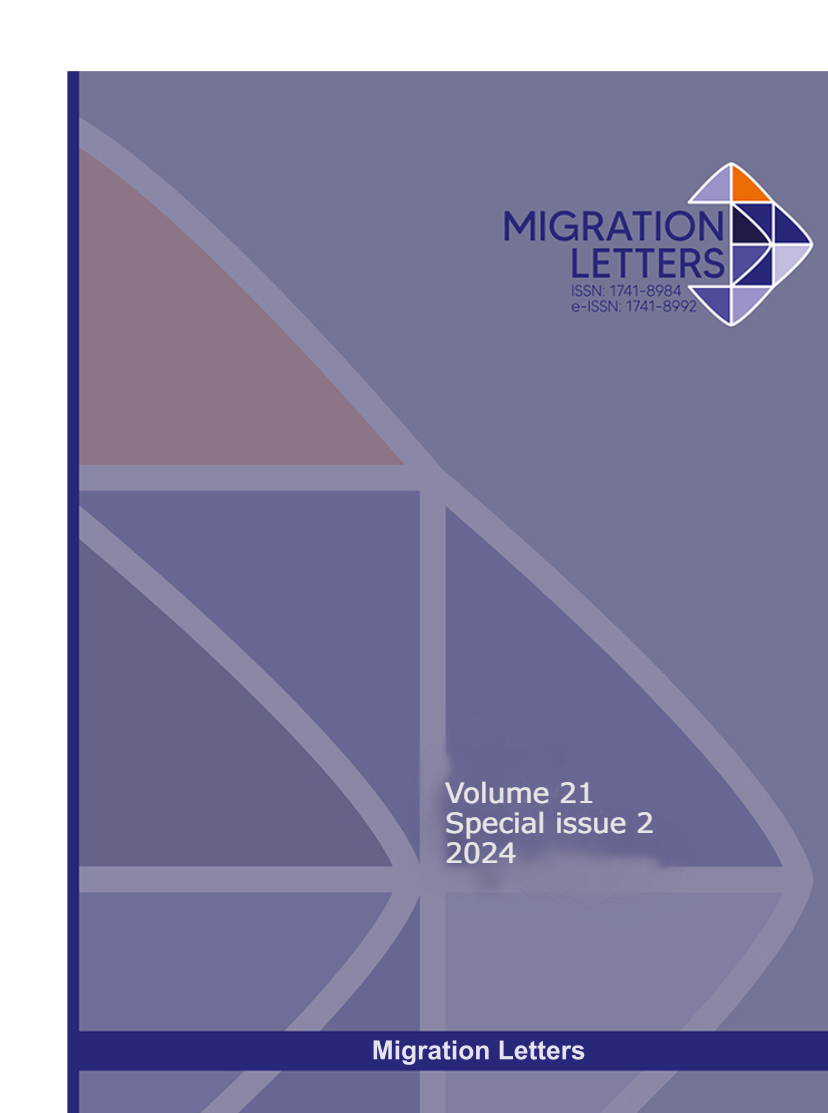Pentahelix Model in The Development of Border Area at Napan-East Nusa Tenggara with Timor-Leste
Abstract
Border areas are areas that directly border neighboring countries. The border position provided vulnerability to security disturbances and increasingly higher welfare demands. This was supported by various data on territorial violations which are still high, the level of welfare is not yet high, as well as various environmental problems in development. This was also experienced by Napan village - North Bikomi sub-district which directly borders Timor-Leste. For this reason, comprehensive development involving all relevant stakeholders is needed. This research was conducted qualitatively involving research subjects from various relevant stakeholders including: Timor-Leste Embassy staff, National Border Management Agency staff at Napan, the Head of Napan Village, the Border Task Force, the Bikomi sub-district Military District Commander, and the Kupang Navy Main Base Operations Assistant. The qualitative method used was Interpretive structural modeling to determine the roles that can be played by all stakeholders related to borders according to their portions and proportions. The results of the research showed that modeling involving the central and regional governments, private sectors, universities, societies, and mass media were called the pentahelix proportionally in a relationship model that was able to optimize the development of the border area in Napan-East Nusa Tenggara.
Metrics
Downloads
Published
How to Cite
Issue
Section
License

This work is licensed under a Creative Commons Attribution-NonCommercial-NoDerivatives 4.0 International License.
CC Attribution-NonCommercial-NoDerivatives 4.0






